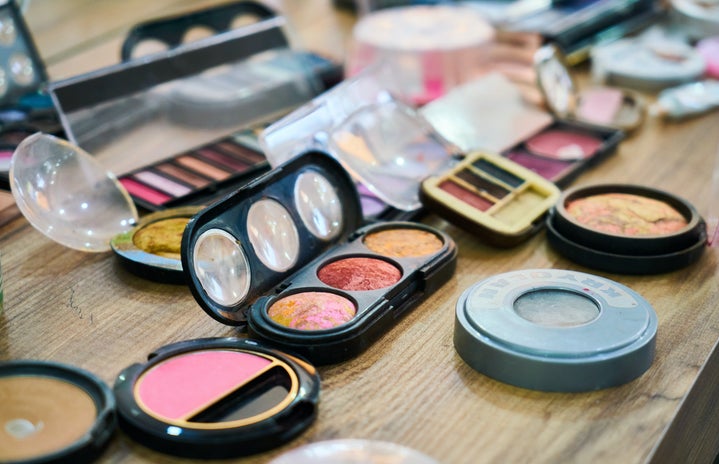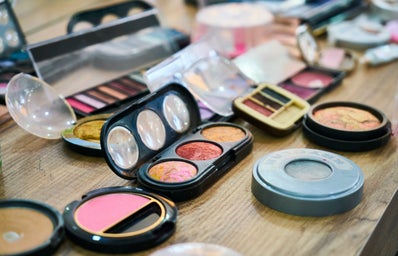If you’ve ever reached the makeup and skincare side of social media, you may have seen a rise in the trend of two people of various skin tones trying on the same product to emphasize how different it could look depending on skin tone. Colors would appear more vibrant or dim based on the creator’s shade and undertones.
The main focus of color theory posts is why these differences occur. Creators will post a video of one person applying lipstick. Then, a person with a different skin tone will apply the same lipstick, but the product will look completely different. All of this is rooted in color theory, which is essentially the idea that pairing colors can change the intensity of them. This is rooted in light expression and absorption in physics. Certain colored wavelengths express the color they do, due to the wavelengths absorbed by the light. For example, in trees, chlorophyll produces a green pigment, which means visible light in the green range is reflected off the leaves. This occurs because the leaves are actually absorbing red light. The wavelength reflected is the color we see and the one absorbed is the complement, which affects intensity. For example, with a bright blue, adding some of its complementary color, orange, will cause the blue to become duller. In the same way, depending on skin tone, hair color, eye color, and undertones, certain colors will make a person pop more than others. This is what the idea of certain colored outfits suiting someone better is based on. In the same way, while all the pigments that go into making something like a blush, lipstick, or eyeshadow, may be the same, the color’s expression can vary from person to person. This is why there has been a big push for brands to swatch products on multiple people and use a diverse range of models. Newer brands like Rare Beauty and FENTY Beauty have been great when it comes to this.
Makeup is unique for everyone already; everyone has their own style and preferences. Color theory provides a cool way for people to find makeup that best suits them, rather than having to blindly follow trends of what’s popular. At the same time, there definitely are some color theory myths like pH makeup. Brands promise for the makeup to change to match your unique skin, creating the perfect shade. However, skin pH is universal for humans, so the color isn’t really what is different, it is the expression of the color. I hope this helped break down how color theory works in makeup. Happy shopping!



